madness serenade is an interactive installation located in the forest Grünewald, and part of the Brücke Museum in Berlin, born a research on interactivity, and in which ways new publics could be present in gallery and museum spaces, specially people with disabilities. Touch triggers sound and stories that are heard echoing in the space. The piece is part of the OnSite Festival successfully awarded grant by the DRAUSSENSTADT initiative, funded by the Senate Department for Culture and Europe and the Foundation for Cultural Education and Cultural Counselling of Berlin, Germany.
HARDWARES & SOFTWARES
TouchMe sensor by Playtronica, Arduino and Isadora.
FUNDING
OnSite Festival was funded by the Stiftung für Kulturelle Weiterbildung und Kulturberatung in Berlin.

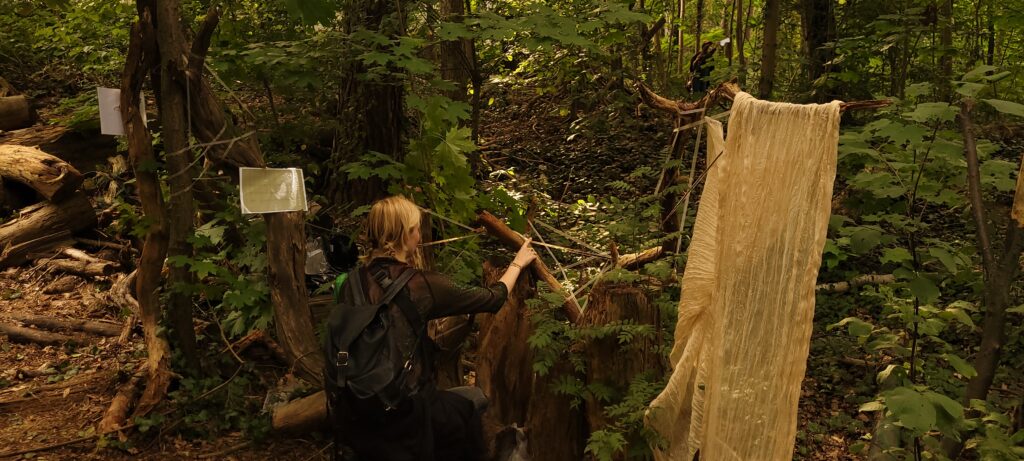



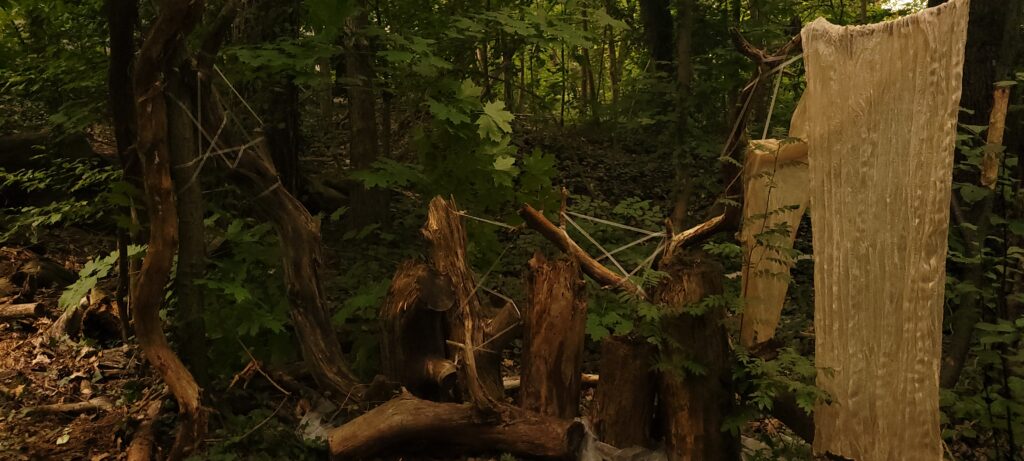

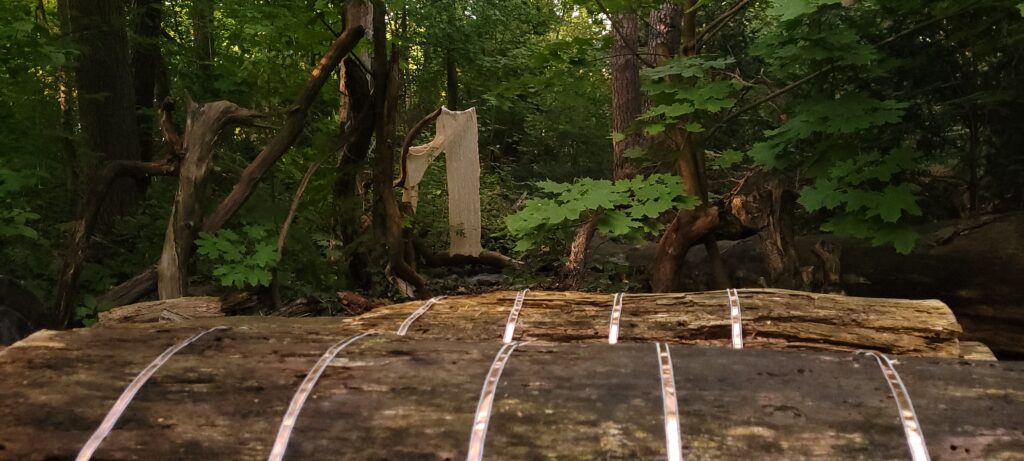
ABOUT
The space combines copper threads creating drawings and patterns on the trees and branches, which produce unique sounds when touched. Participants were welcomed to interact freely. In the first part of the space, touch produced sound, and at the bottom part, they could hear stories of women of nature. These were activists, scientists, researchers, artists, that advocated for a respectful relationship between humans and more than humans, and considered “insane” for doing so.
Madness serenade invites you to access the deepest space inside consciousness: the outside. Open your eyes, touch, listen. Humans and more-than-humans are one pulsing body. With every touch between you and the copper veins of the space, the forest awakens, answering with its own melodies. As it sings, the leaves dance in rhythm, the branches sway in unison, the breeze whispers secrets.
If you come closer, you will hear the harmonies of women whose touch carried the weight of joy and sorrow – and for that, were portrayed as insane. In return, the fallen trunks embrace them with their own understanding of presence. The forest is alive, and so are they.
PROCESS
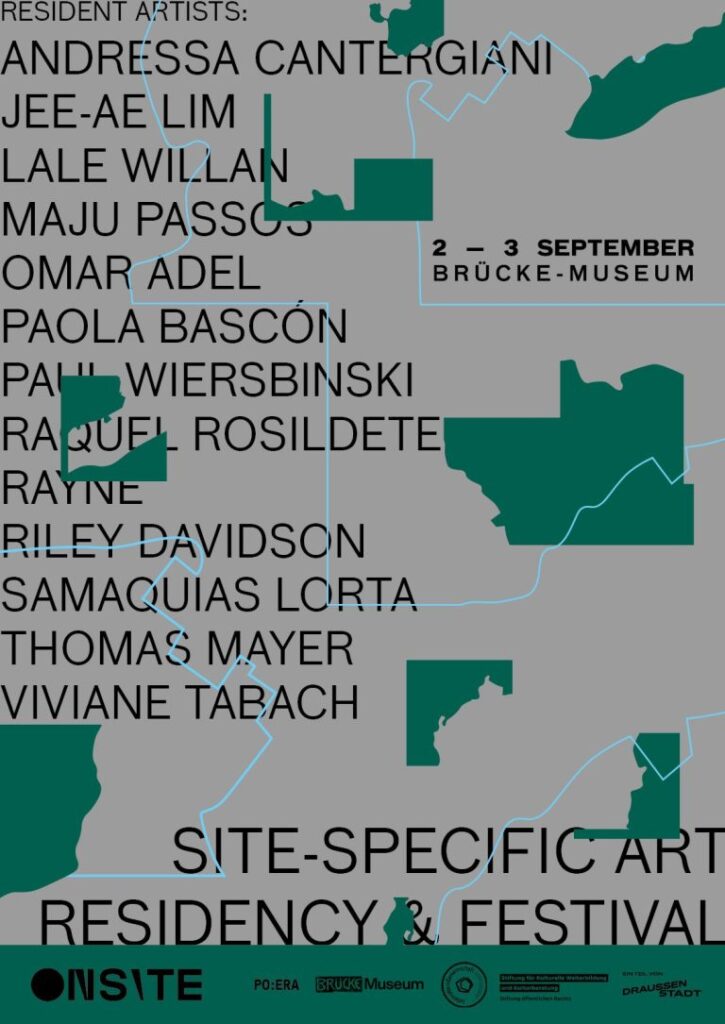
After a two-week research residency in the Brücke-Museum’s Waldraum (Forest Room), the 20 participating artists will present their works. The interdisciplinary artworks were developed in engagement with the history of the site, in dialogue with the surrounding nature. They range from multimedia performances and sound installations to workshops and interactive theater pieces.
The majority of the artists live in Berlin and have roots in nine different countries. This year, in addition to the Brücke-Museum, Po:era is also cooperating with the art group of the nearby LebensWerkGemeinschaft.
The site-specific research starts from the investigation of the relationship of a place with both the territory or space it is embedded in and the subjects that inhabit or pass through it. As living beings, we claim territories by fighting over them or working them, by confining them or defining them. We desert them or breathe life into them. So do the non-living: A mountain casting a shadow on a hot afternoon defines a new territory in which both humans and non-humans share a sense of relief when the temperature drops and the humidity rises, when new smells and colours emerge, and the living world finds itself really present in the shaded reality created by the animated material world. And, of course, the forest can also turn into an archaeological site that tells us stories of a distant past. It points us to the origins of human civilizations, or provides proof of the existence of species that have been extinct for thousands of years.
How do these distant pasts on site resonate in our lives still today?
And what might be the traces of our existence to be found in the distant future?
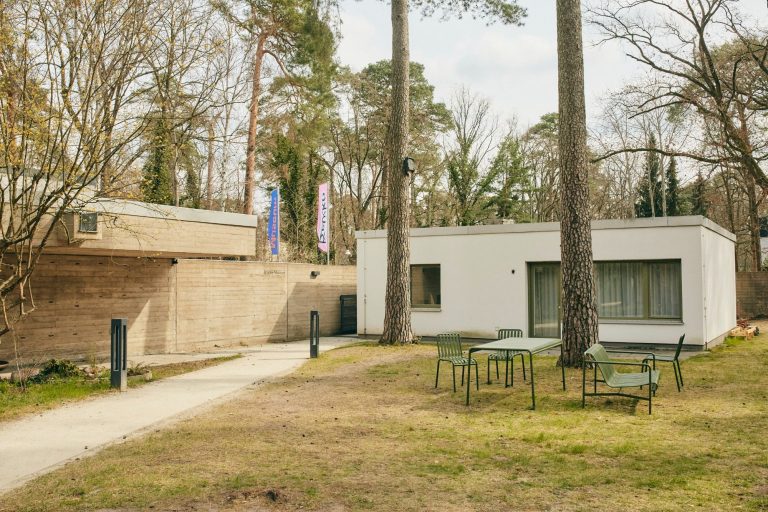
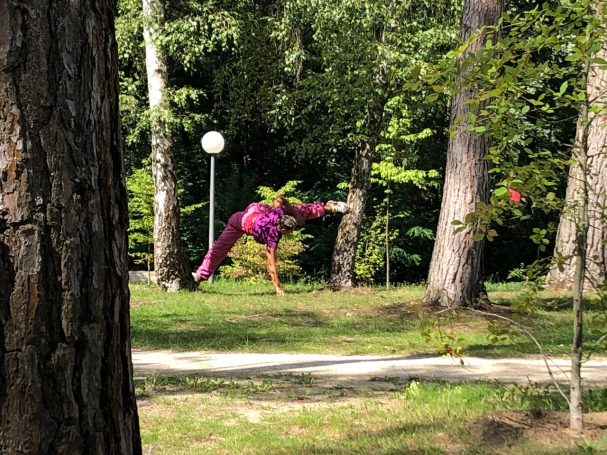

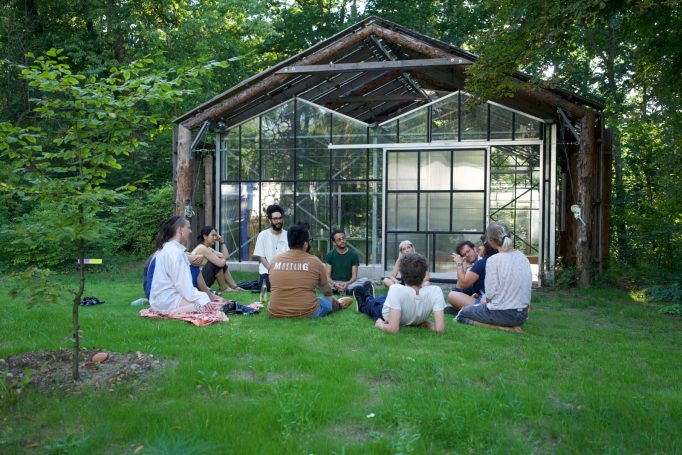
Brücke Museum
The Brücke Museum houses the world’s largest collection of works by members of the group Die Brücke (“The Bridge”), an early 20th-century German expressionist movement. Opened in 1967, the Brücke Museum features around 400 paintings and sculptures and several thousand drawings, watercolours and prints by members of Die Brücke, the movement founded in 1905 in Dresden. The museum conducts research into works by the founding members of the movement and their early 20th-century milieu and contemporaries. It presents both a continually changing selection of its own works, and frequent special exhibitions of works on loan. The Brücke Museum initiates and supports projects that are dedicated to the artists’ group Brücke and the museum’s environment, or those projects which explore interdisciplinary and contemporary perspectives on the museum and the surrounding forest.
The participants of the residency and festival will be hosted in the Waldraum (“forest room”), designed as a special place for experiencing nature, social encounters and artistic production. Its open and transparent construction allows an unobstructed view of the surrounding nature.